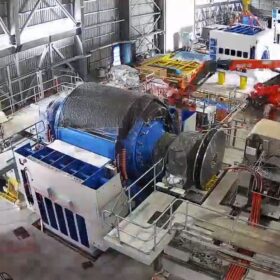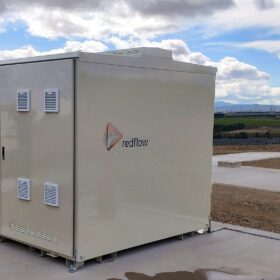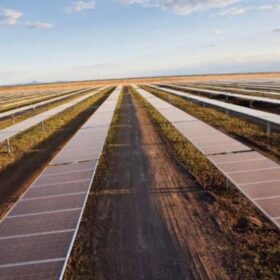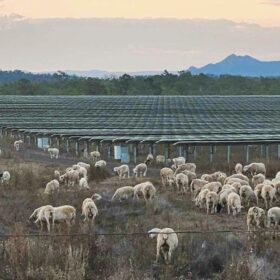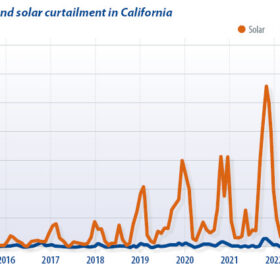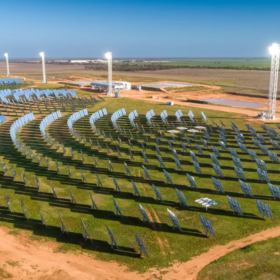Li-S lands funding to explore lightweight batteries in aircraft application
Lithium-sulphur battery play Li-S Energy has been awarded $1.35 million in federal funding to continue exploring the potential of its lightweight and energy dense batteries to deliver a drone that can operate from dawn to dusk on a single charge.
AGL partners with Elecsome on solar panel recycling plan
Power giant AGL Energy has teamed with Melbourne-based solar panel recycling company Elecsome to explore the development of a PV materials recovery facility at the site of the coal-fired Bayswater power plant in the New South Wales Hunter Region.
RETC releases 2024 PV Module Index
The United States-headquartered Renewable Energy Test Center has released its annual PV Module Index, evaluating the reliability, quality, and performance of solar panels.
Transgrid turns to synchronous condensers to safeguard system strength
New South Wales power grid owner Transgrid is looking at rolling out up to 14 synchronous condensers and 4.8 GW of batteries with ‘grid forming’ capability to protect and strengthen the security and stability of the electricity grid as coal-fired power plants retire and more renewables come online.
Redflow wraps up funding for U.S. battery project
Queensland-headquartered battery manufacturer Redflow has secured almost $20 million in government funding in the United States for a 6.6 MWh zinc-bromine flow battery energy storage system to be deployed in California.
Sparc inks new deal to progress green hydrogen pilot plant
South Australia-based Sparc Hydrogen has struck an agreement with an international partner that will see it advance the development of pilot testing of its photocatalytic technology to produce commercially viable green hydrogen from water using concentrated solar.
National tender flooded with 40 GW of clean energy projects
Australia’s first national Capacity Investment Scheme auction has been inundated with expressions of interest, with the federal government revealing that investors have tabled 40 GW of new renewable energy generation projects such as wind and solar.
Edify plans solar and storage complex near Queensland coal plant
Australian renewables developer Edify Energy is planning to take advantage of existing infrastructure to maximise its access to the national electricity grid by building a 200 MW solar farm and four-hour duration battery energy storage system near the Callide coal-fired power station in central Queensland.
Weekend read: Time to talk curtailment
It’s time to assess curtailment, as rising amounts of excess generation are being wasted in several markets. This can be problematic for the solar industry but Toby Couture and David Jacobs, coordinators of think tank Global Solar PV Brain Trust, argue that curtailment is not always bad.
Heliostat assembly fast-tracked with automated technology
Germany-headquartered Bosch Australia Manufacturing Solutions has teamed up with Australian solar and long-duration storage company RayGen to deliver automated solutions that accelerate heliostat assembly.



